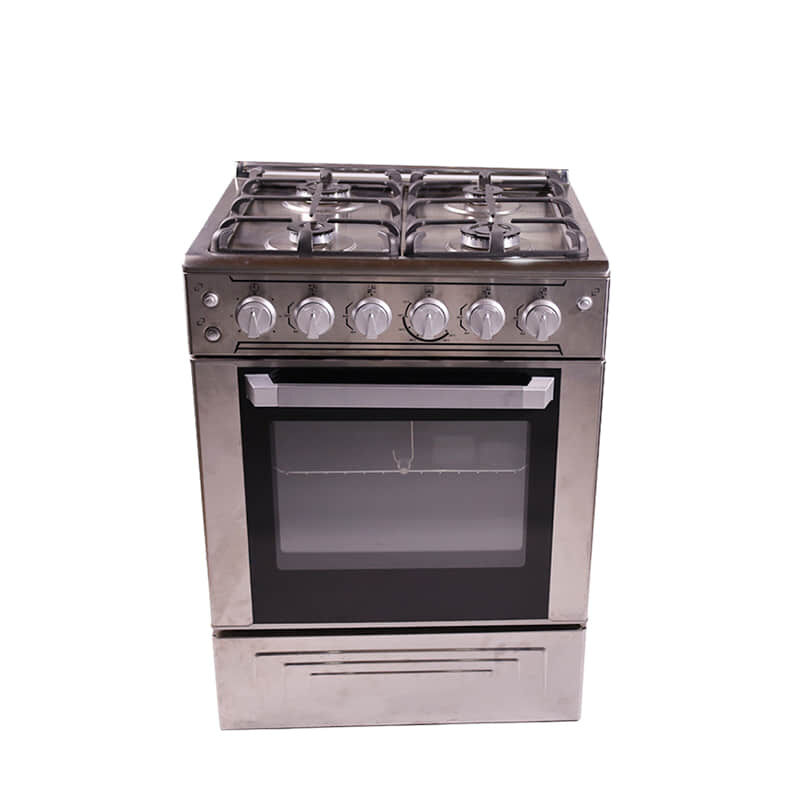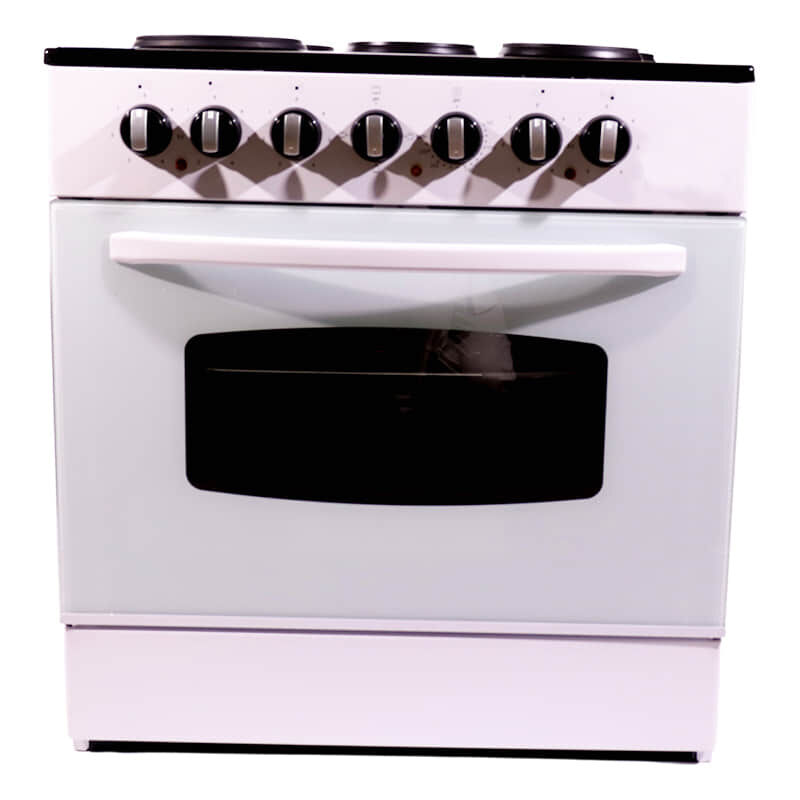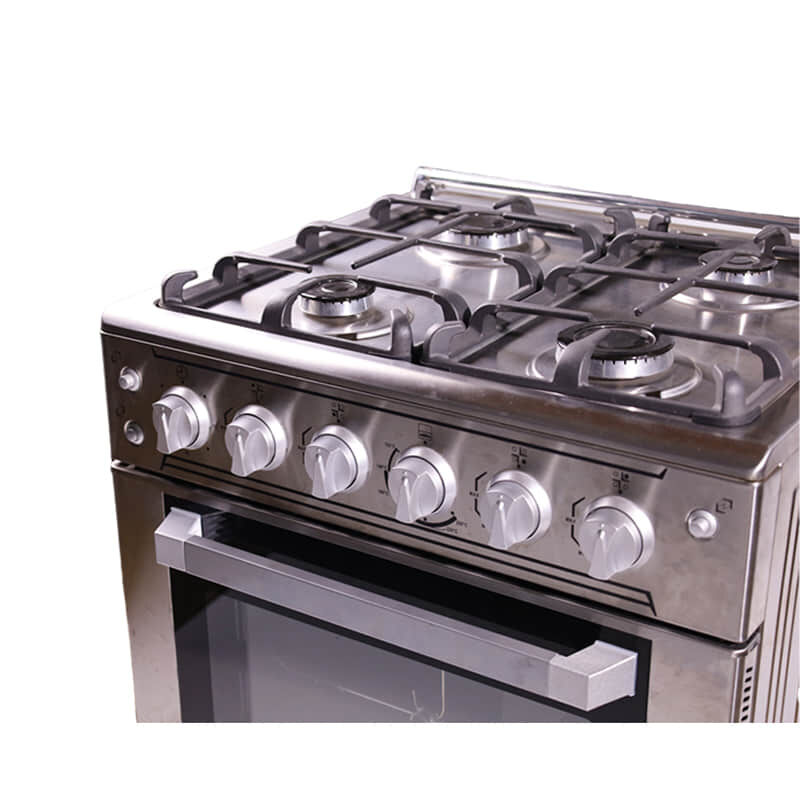Seamless Kitchen Integration with Space-Maximizing Design
The built in gas oven transforms kitchen functionality through its intelligent space utilization and seamless integration capabilities that create custom, professional-grade cooking environments tailored to individual lifestyle needs. Unlike traditional range configurations that consume valuable counter space, the built in gas oven installation allows homeowners to position cooking appliances at optimal heights, reducing physical strain while maximizing workspace efficiency throughout the kitchen area. This ergonomic advantage proves particularly beneficial for frequent bakers who can install their built in gas oven at waist height, eliminating the need to bend repeatedly when checking dishes or removing heavy roasts and baked goods. The separate installation approach enables creative kitchen layouts that accommodate multiple cooking zones, allowing serious home chefs to install multiple built in gas oven units for increased cooking capacity during large gatherings or holiday meal preparation. Counter space liberation achieved through built in gas oven installation provides additional room for food preparation, small appliances, or decorative elements that enhance kitchen aesthetics and functionality. The built in gas oven design seamlessly blends with existing cabinetry through customizable panel options that match surrounding finishes, creating cohesive visual flow that appears as integrated furniture rather than standalone appliances. Installation flexibility allows the built in gas oven placement in kitchen islands, peninsula configurations, or traditional wall installations, providing design solutions for virtually any kitchen layout or architectural constraint. This adaptability enables homeowners to create dedicated baking stations, separate cooking zones, or specialized food preparation areas that enhance workflow efficiency during complex meal preparation. The built in gas oven ventilation requirements integrate smoothly with existing kitchen exhaust systems, maintaining proper air circulation without requiring major modifications to kitchen infrastructure. Cabinet integration specialists can create custom storage solutions around built in gas oven installations, incorporating specialized drawers for baking sheets, utensil storage, or warming compartments that complement the primary cooking functions while maintaining aesthetic continuity throughout the kitchen design.


